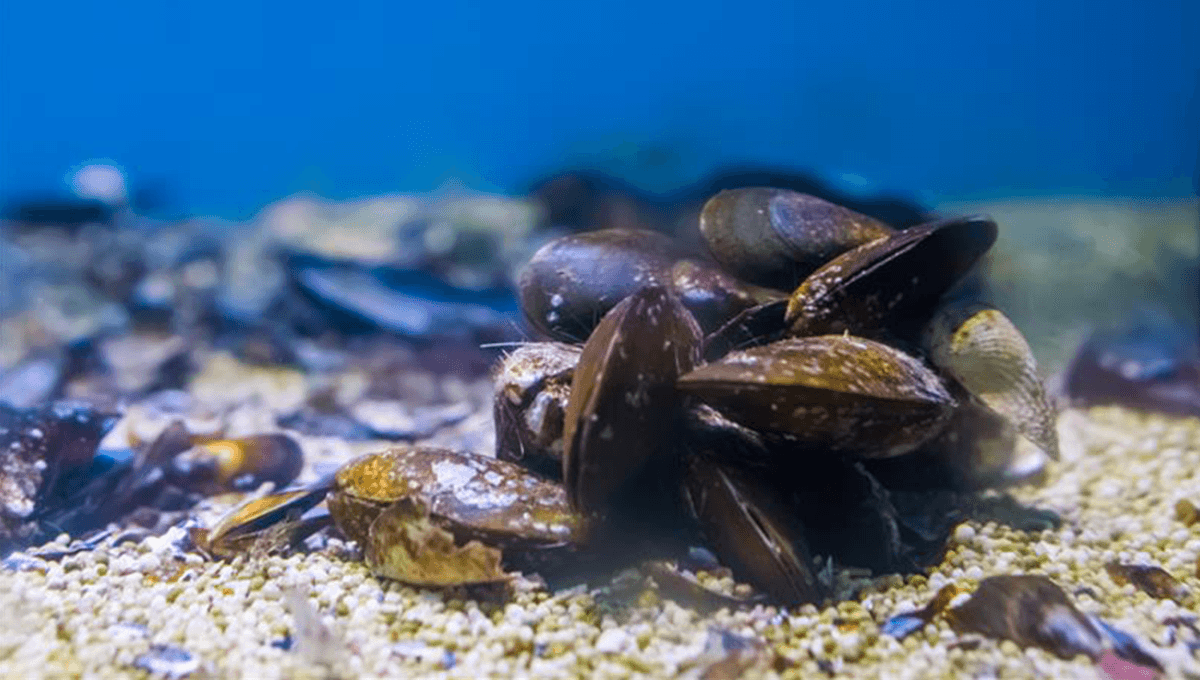
In a delightful piece of information that has so far escaped our attention; a small team of mollusks are used to monitor the water in Warsaw, Poland.
Monitoring the water for pollutants is of course important work. Modern-day equipment is used to do so. But for one part of the job, in part to protect residents of Warsaw from contaminated water, a group of mussels are used. Though you may think they are a little underqualified for complicated water monitoring, they are actually ideal for the job. Mussels are particularly sensitive to pollutants and chemical impurities, needing clean, highly oxygenated water to live.
“At Warsaw Waterworks, we use biomonitoring to increase the safety of the water treatment process,” water company Wodociągi Warszawskie explains on their website. “The mussels we use from the species of the sharp-edged river mussel are very sensitive to water pollution and are used to monitor water quality in the Vistula and Lake Zegrze.”
The way they do so is pretty simple. It’s also similar to how UK coal mines used canaries down coal mines, though not as harmful to the animal. In coal mines, miners would take a canary down with them. This was not to add ambient music as the birds sang, but because it was a pretty good indicator you were encountering carbon monoxide if the singing stopped. Canaries are more sensitive to carbon monoxide, and so humans could notice the effect it was having on the birds and know it was time to evacuate the mine.
In the case of the mussels, they are first caught and transferred to a laboratory for a few weeks of selection and acclimatization.
“After this time, they must be properly prepared for work and calibrated in the biomonitoring system. At this stage, we determine the natural opening of their shells – this is how the mussels feed on organic matter contained in the water,” Wodociągi Warszawskie explains. “Thanks to this, during later observations, it is possible to assess whether their behavior and life activity are correct.”
The mollusks are fitted to a pedestal, which is also attached to a probe, in the water being monitored.
This probe receives signals from a sensor mounted to the top of each clam using a special glue deemed safe for the creatures. These signals tell the team how far open the mussels’ shells are.
If the water quality goes down, the mussels can close their shells to protect themselves from the surrounding environment. If the mollusks are closing significantly compared to their norm, this alerts the non-mollusk employees (aka humans) to conduct further tests of the water. If four or more mussels close up then it might be time to shut off the water supply.
As well as being pretty neat, the system does no harm to the animals.
“Individuals of this species live for several decades, but after three months of work at Warsaw Waterworks, the mollusks return to the reservoir where they came from – the lakes of Wielkopolska.”
Source Link: Teams Of Mollusks With Little Sensors Are Used To Test The Water Quality In Warsaw